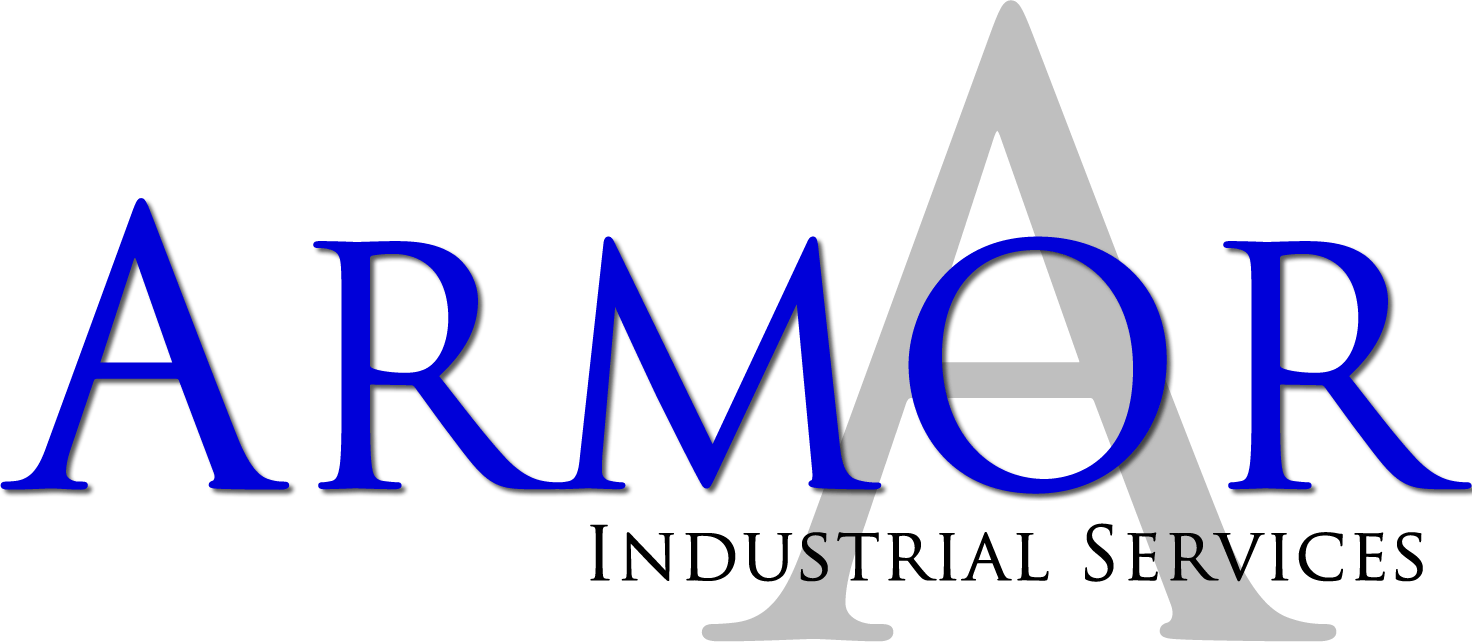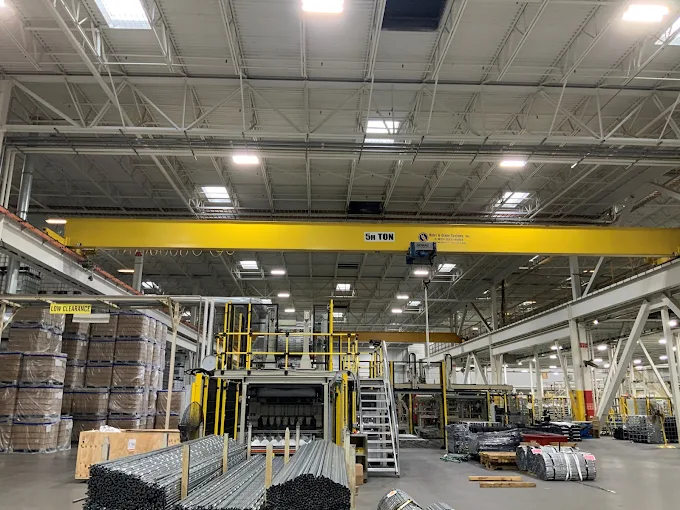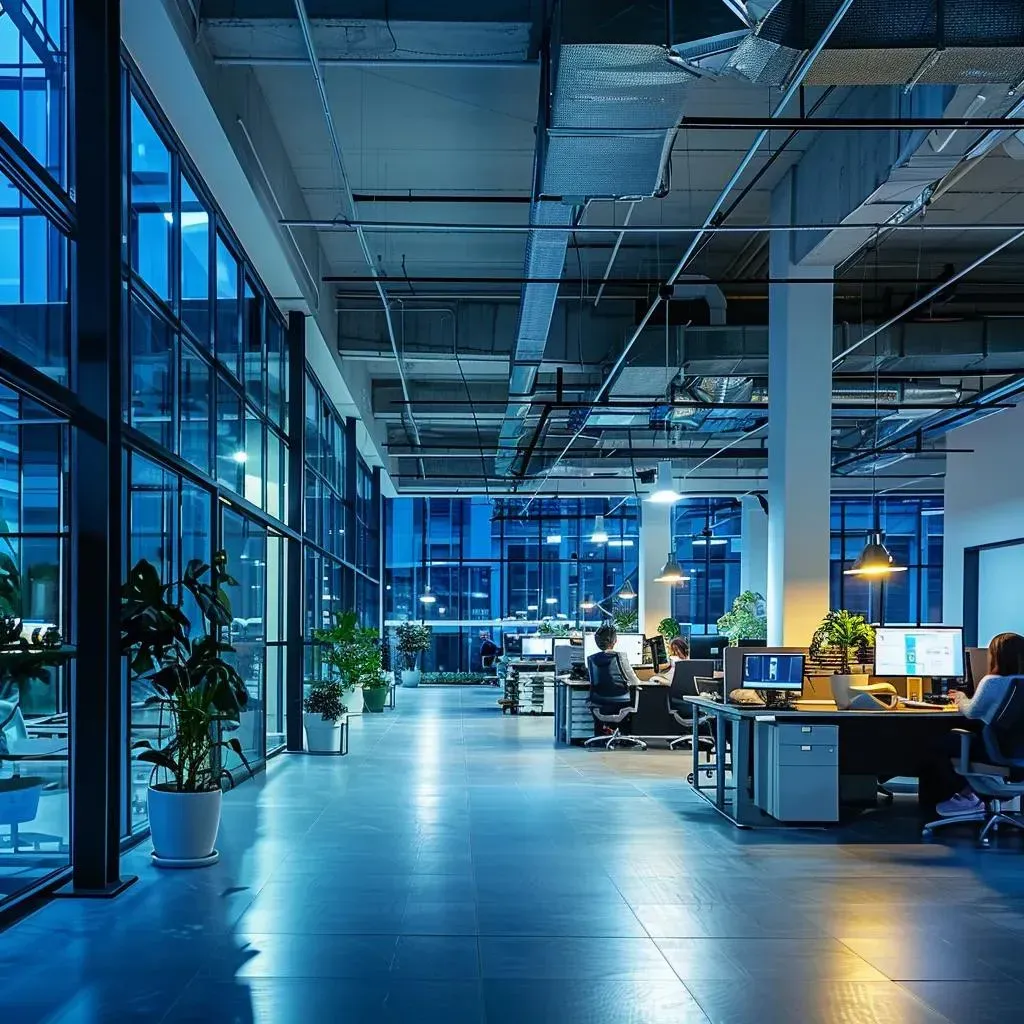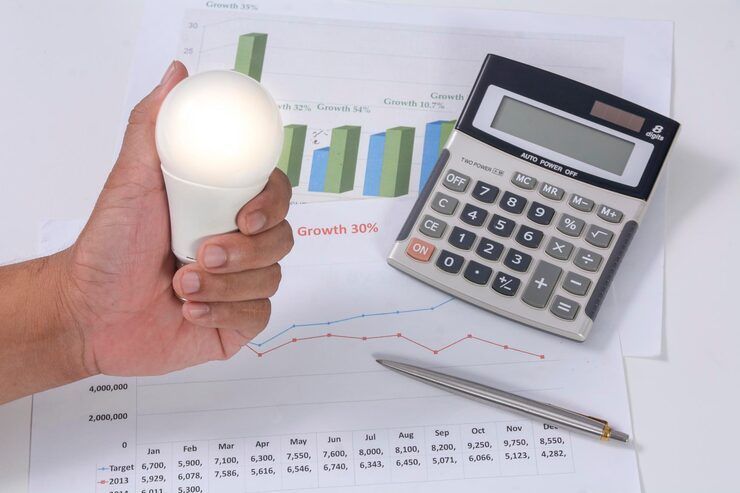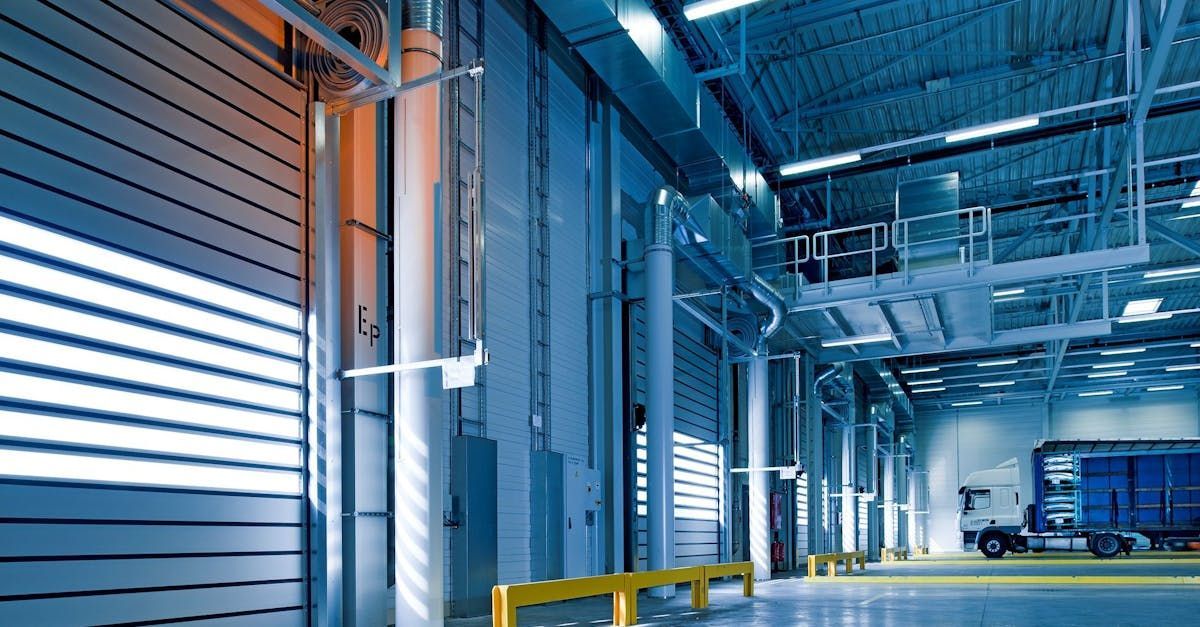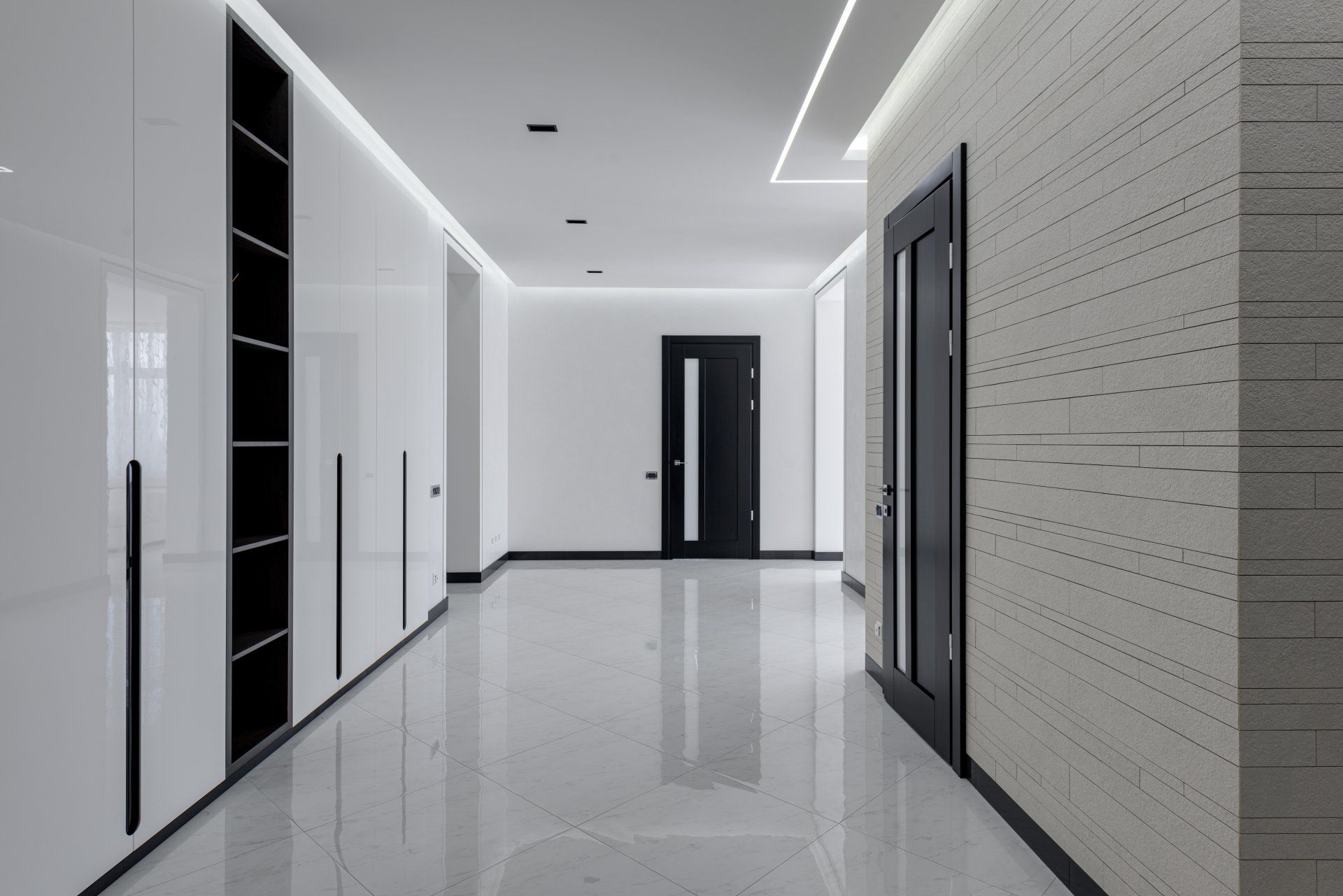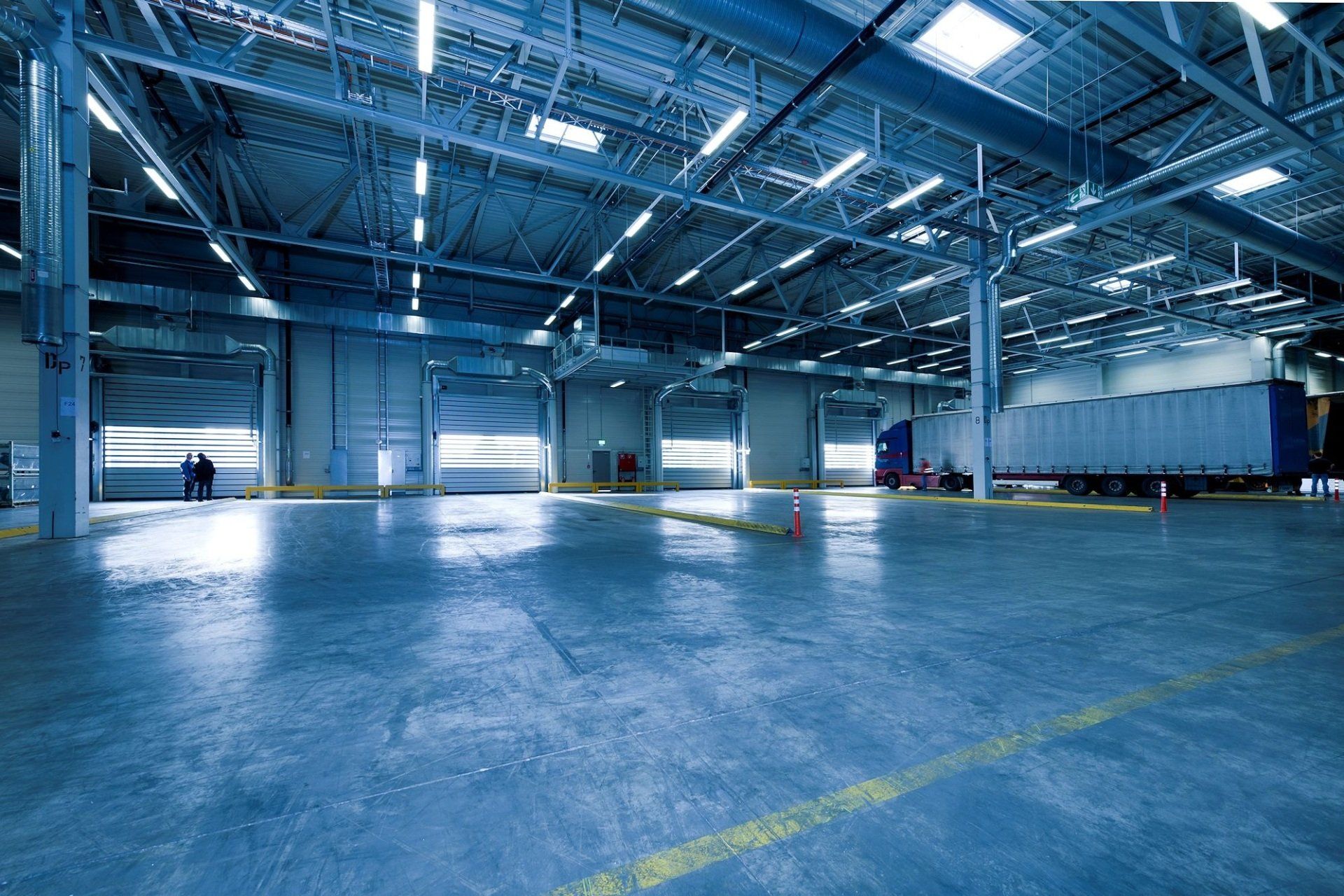The Top Applications of LED Lighting in Industrial Settings
Are you struggling to find ways to improve your industrial space?
You’re not alone.
Many industrial facilities face challenges with lighting efficiency, costs, and environmental impact. If you’re looking for practical solutions that can boost your operations and save money, this guide is for you. We’ll explore various applications of LED lighting in industrial settings, showing you how a reliable LED lighting contractor can transform your business environment.
Read on to discover how these lighting solutions can address common problems and help your business shine.
What Is LED Lighting and Why Is It Important?
LED stands for Light Emitting Diode.
Unlike traditional bulbs, LEDs use less energy and last longer. This makes them an excellent choice for industrial settings where lights are on for long hours. By using LEDs, you can reduce energy bills and lower maintenance costs.
Benefits of LED Lighting in Industrial Settings
- Energy Efficiency LED lights use up to 80% less energy than traditional bulbs. This means you can save a lot on electricity bills. For example, if your factory uses 1000-watt incandescent lights, switching to 200-watt LEDs will cut energy use significantly.
- Long Lifespan LED lights last up to 25,000 hours, compared to 1,000 hours for incandescent bulbs. This reduces the need for frequent replacements. Imagine not having to change bulbs every few months!
- Lower Heat Output LEDs produce very little heat compared to incandescent lights. This can help keep your workspace cooler and reduce air conditioning costs.
- High Color Rendering Index (CRI): LEDs offer better CRI, which means they provide more accurate color representation, improving visibility and safety in industrial settings.
Key Applications of LED Lighting in Industrial Settings
1. Warehouse Lighting
Warehouses often use large spaces with high ceilings. An LED contractor can install high-bay LEDs that provide bright light over wide areas. This improves visibility and safety for workers. For instance, LED high-bay lights can illuminate areas that are 20 to 40 feet high, making them perfect for warehouse environments.
2. Manufacturing Facilities
Manufacturing facilities require bright and consistent lighting. LED lighting contractors can install LED lights that ensure even lighting across work areas. This helps in reducing errors and improving productivity. LED lights also have the advantage of reducing glare, which can be a common issue in manufacturing environments. Manufacturing
3. Exterior Industrial Lighting
Safety and security are critical for outdoor industrial areas. LED lights are perfect for this purpose because they are durable and weather-resistant. They can be used for lighting a parking lot, loading docks, and perimeter areas. For example, LED floodlights can cover large outdoor areas and provide bright, clear illumination.
Sensors can be added to control the lighting automatically based on movement or ambient light levels.
4. Process Lighting
Process lighting is essential for precision work in industrial settings. LEDs can provide focused light that helps in detailed tasks. Whether it’s for assembly lines or quality checks, LEDs can enhance the accuracy of work by reducing shadows and improving light quality. Retrofitting existing lighting systems with LEDs can also improve energy efficiency. Ensuring proper
electrical wiring and
voltage levels is critical to maximizing performance and longevity.
5. Hazardous Environments
Some industrial settings involve hazardous materials or environments. LED lights designed for these areas can withstand extreme conditions. These LEDs are typically explosion-proof and safe for use in volatile environments.
How to Choose the Right LED Lighting Contractor
1. Experience
Choose a contractor with a proven track record in industrial LED lighting. Look for those who have completed similar projects successfully. They should be able to provide examples of their work and references from past clients.
2. Expertise
A good LED lighting contractor will have the expertise to assess your specific needs and recommend the best solutions. They should understand the different types of LED lights and their applications, including those with dimmers and adjustable color temperature. For specialized needs, you might want to consult with professionals offering commercial LED lighting services.
3. Quality of Products
Ensure that the contractor uses high-quality LED lights from reputable manufacturers. Quality products will last longer and perform better, providing you with better value. Check if the products come with a warranty to ensure long-term reliability.
4. Customer Support
Opt for a contractor who offers excellent customer support. They should be available to answer questions and provide assistance even after the installation is complete.
The Impact of LED Lighting on Your Bottom Line
Switching to LED lighting can have a substantial impact on your business finances.
Lower energy bills, reduced maintenance costs, and fewer replacements mean more money saved. Plus, improved lighting can enhance worker productivity and safety, leading to better overall performance.
Conclusion
LED lighting offers many benefits for industrial settings.
From energy savings to improved safety, the right lighting can make a big difference in your operations. By choosing a reliable Buford LED lighting contractor, you can ensure that your lighting solution meets your needs and helps your business thrive. If you’re ready to upgrade your lighting and see these benefits firsthand, contact us today. We can help you choose and install the perfect LED lighting for your industrial space.
Let’s make your business brighter and more efficient with our commercial LED lighting!
